What Health Risks Are Associated With Fire Damage?
If you're a survivor of a structural fire, then you likely understand the risks involved with moving back into an area exposed to these elements. Is your home causing damage to your health? If you believe you're experiencing any of these issues, be sure to call your local fire and water damage restoration companies for assistance right away.
Eye and Skin Irritation
Even if you can't see it, the soot leftover from a fire event can be one of the most dangerous elements in the home. Soot and chemicals associated with the burning are likely present on surfaces in every room thanks to airflow during and after the event. Touching these substances can cause inflammation and redness, especially when transferred to the eyes. While this can be mitigated slightly with thorough hand washing, these elements could sit around in your home indefinitely without intervention.
Breathing Difficulties
If you’re having trouble catching your breath, the smoke damage, soot, and mold from water extinguishing may be to blame. According to our experts, smoke inhalation poses the largest risk to residents’ health after fire events. Without professional intervention, you run the risk of developing sinus infections, exacerbated allergies, and asthma attacks. Your home can harbor these threats in unexpected places, so be sure to reach out to an experienced restoration company for help.
Lingering Toxicity
Unfortunately, there are a lot of porous surfaces in our structures. Wood, carpets, drywall, and so on likely harbor poisonous chemicals after various materials in the room have burned. Upholstery and electronics, for instance, likely underwent a chemical transformation. These reactions are almost never safe to breathe or touch. That said, experienced restoration companies have the knowledge necessary to identify and neutralize common chemical threats after a structural fire.
Depending on the location of the fire outbreak, your health may be greatly at risk by spending time nearby. According to the National Fire Protection Association, the leading area of origin for electrical fires is the bedroom. Don’t let the effects of the fire have a negative impact on your health. If you’ve experienced a fire, reach out to reliable fire and water damage restoration companies today. We here at Loyear Disaster Restoration Services, LLC would be happy to help protect your wellness.
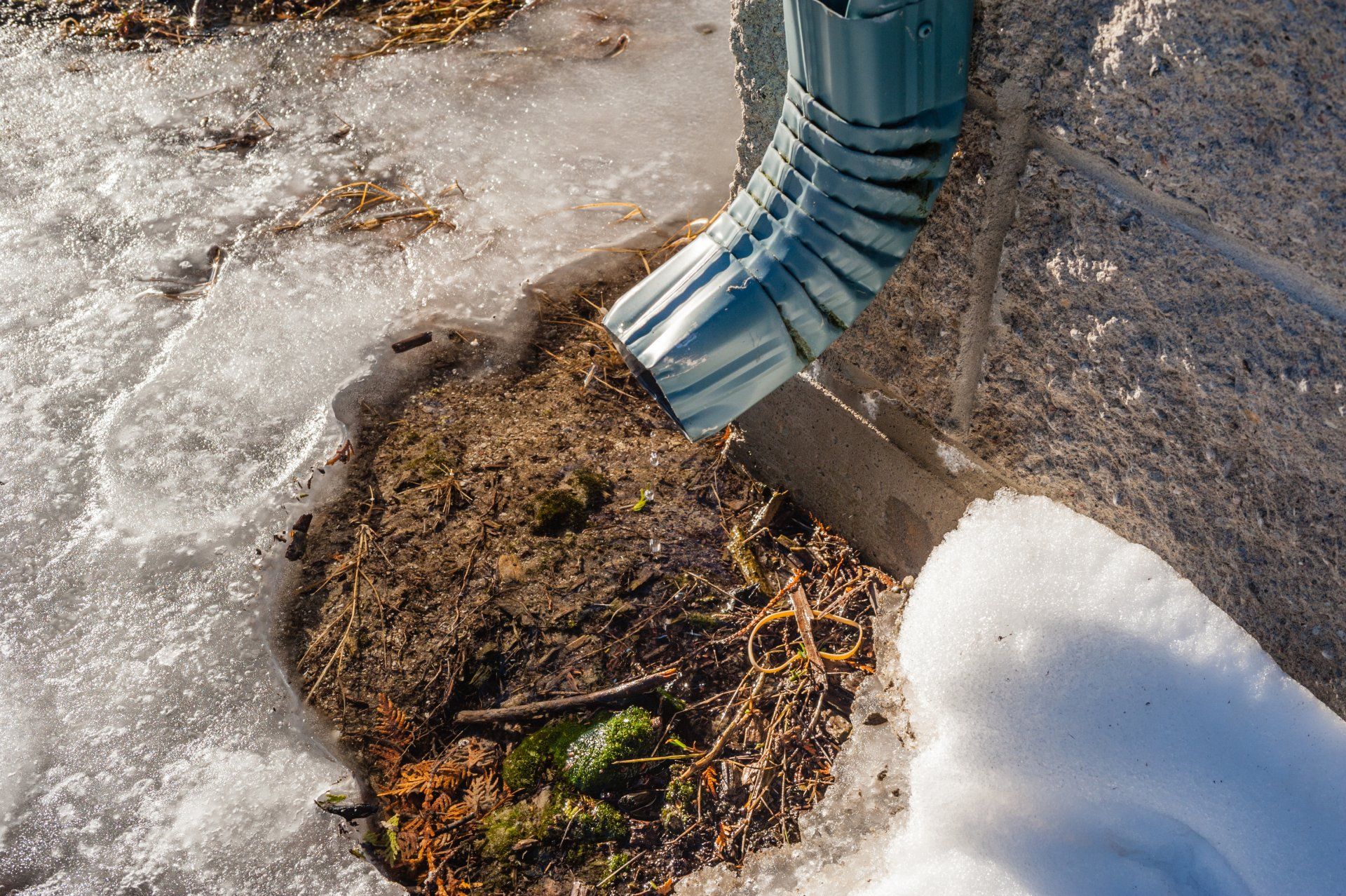



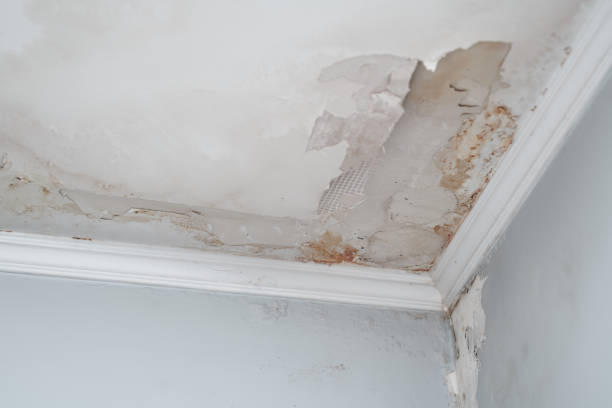
DULUTH LOCATION
24/7 EMERGENCY SERVICE
(218) 208-0132
Office Hours
Open 24/7
Weekends & After Hours By Appointment Only
24/7
EMERGENCY SERVICE
(218) 208-0132
Office Hours
Open 24/7
Weekends & After Hours By Appointment Only


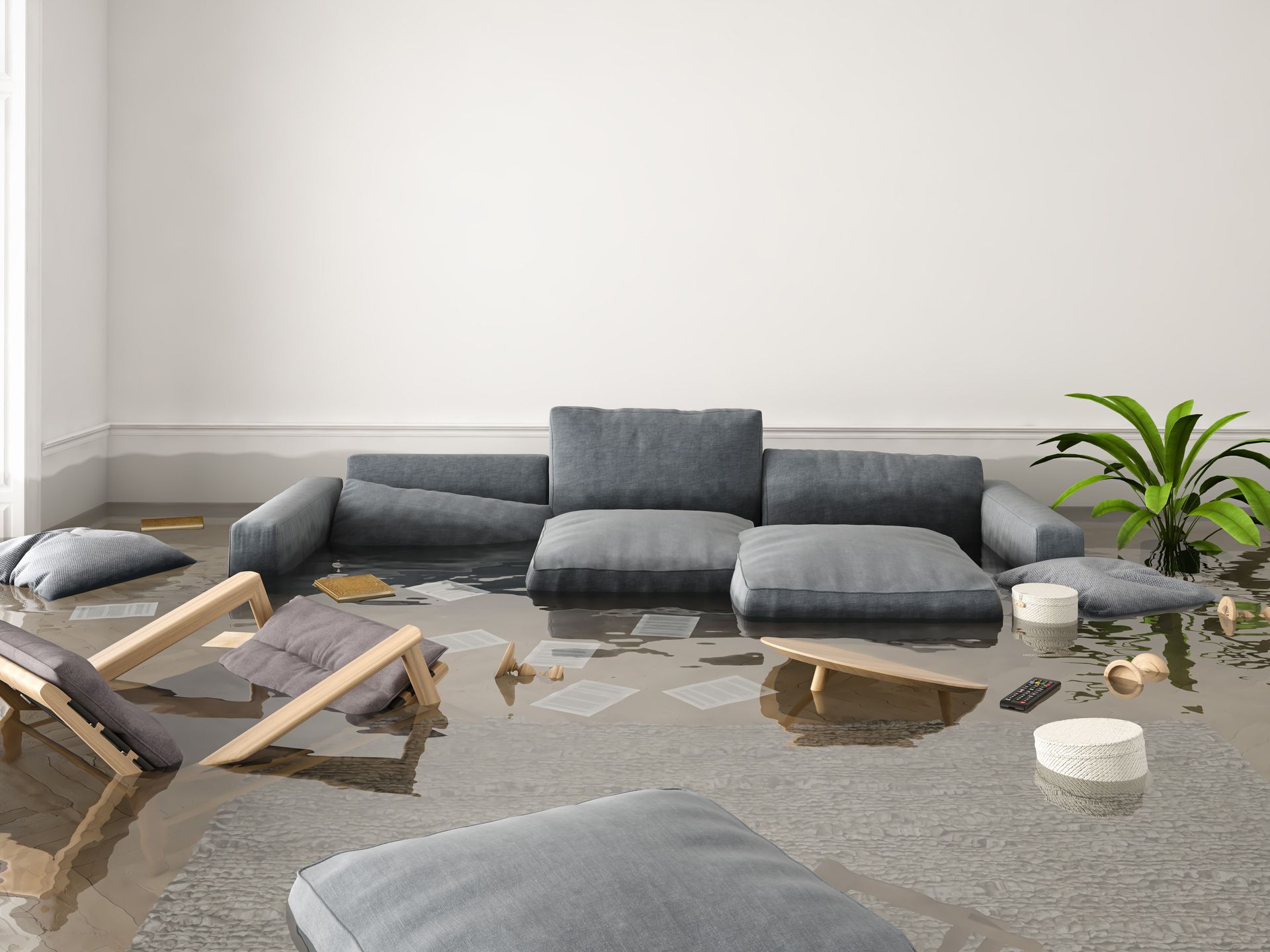
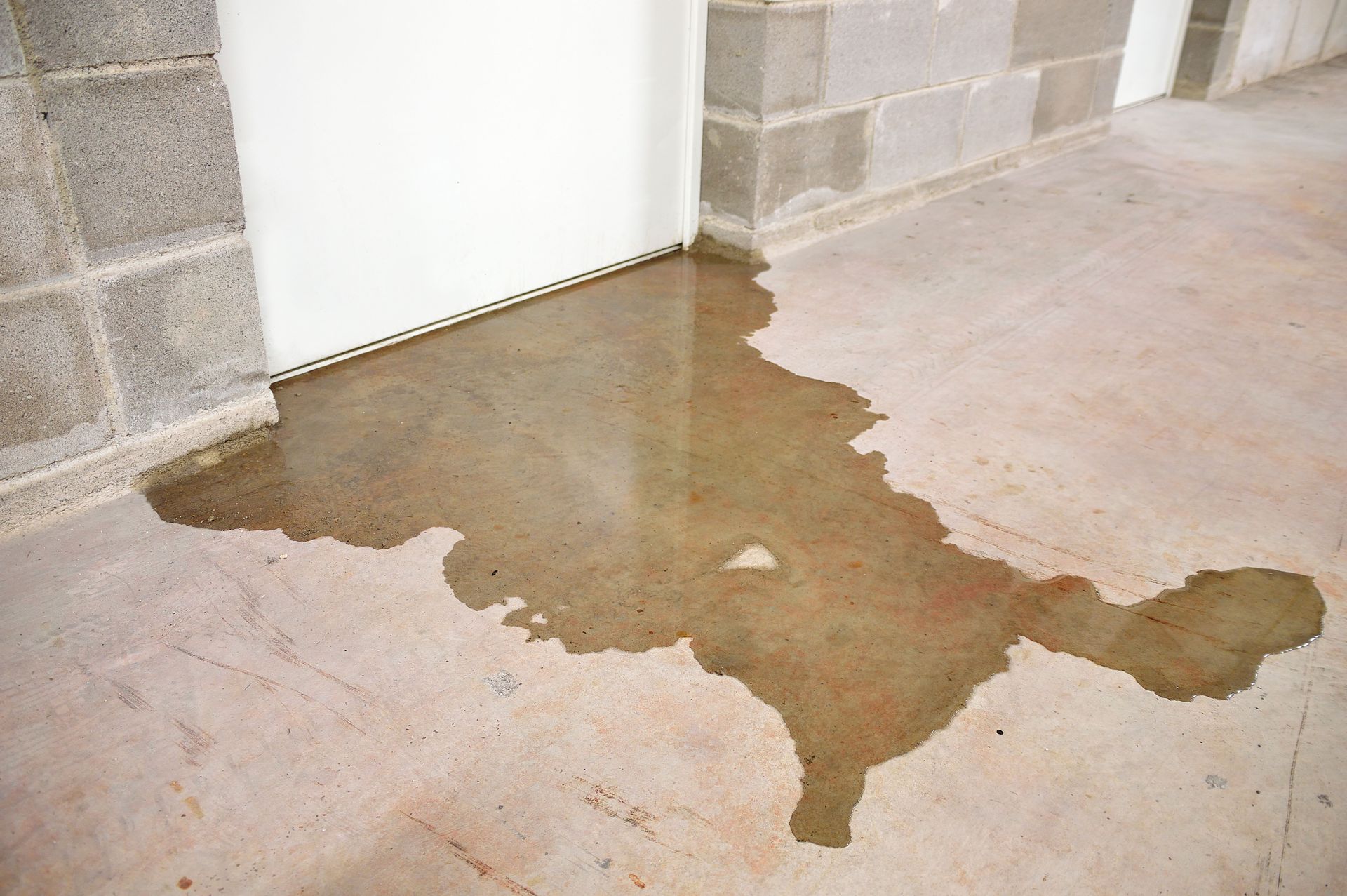
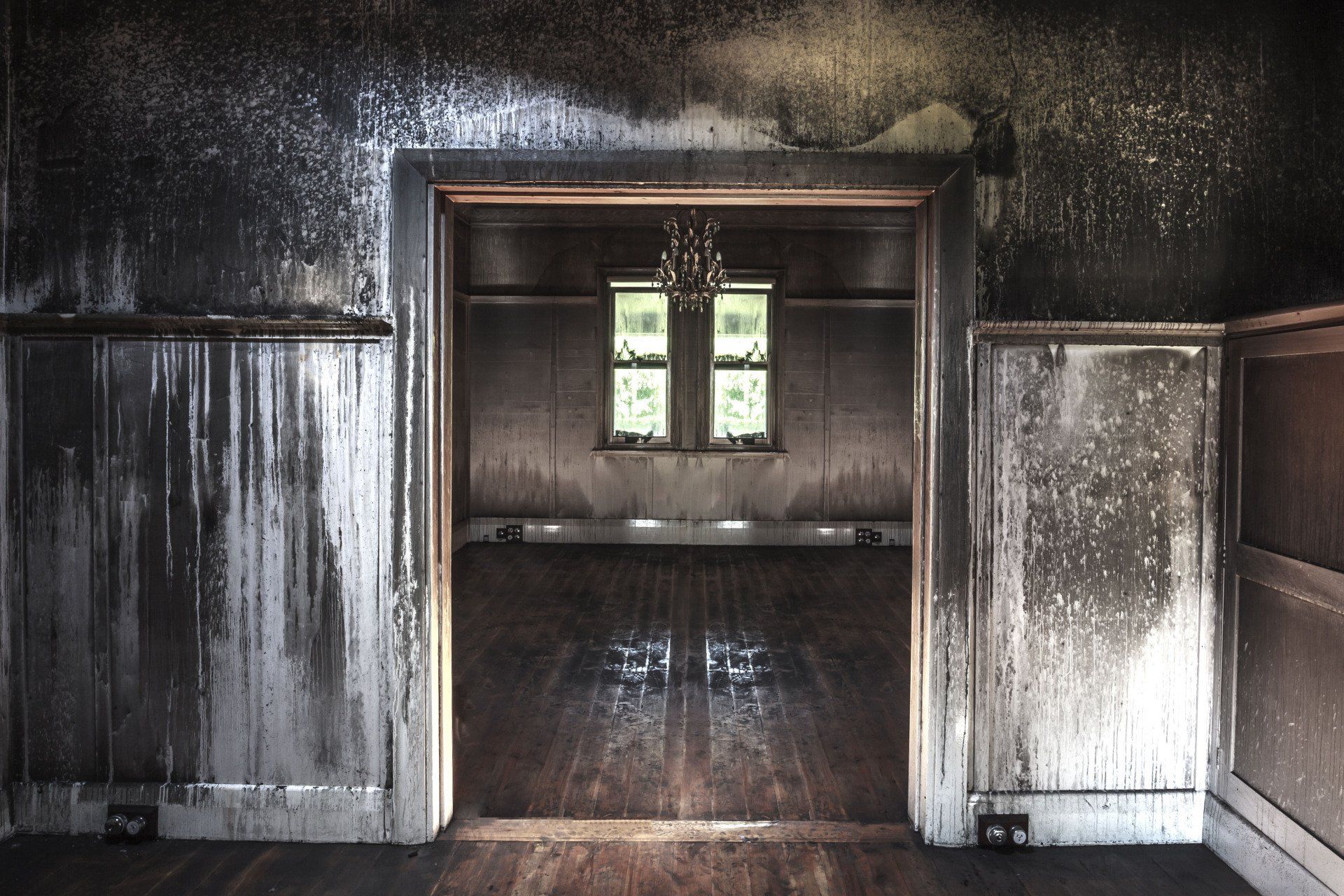
Share On: